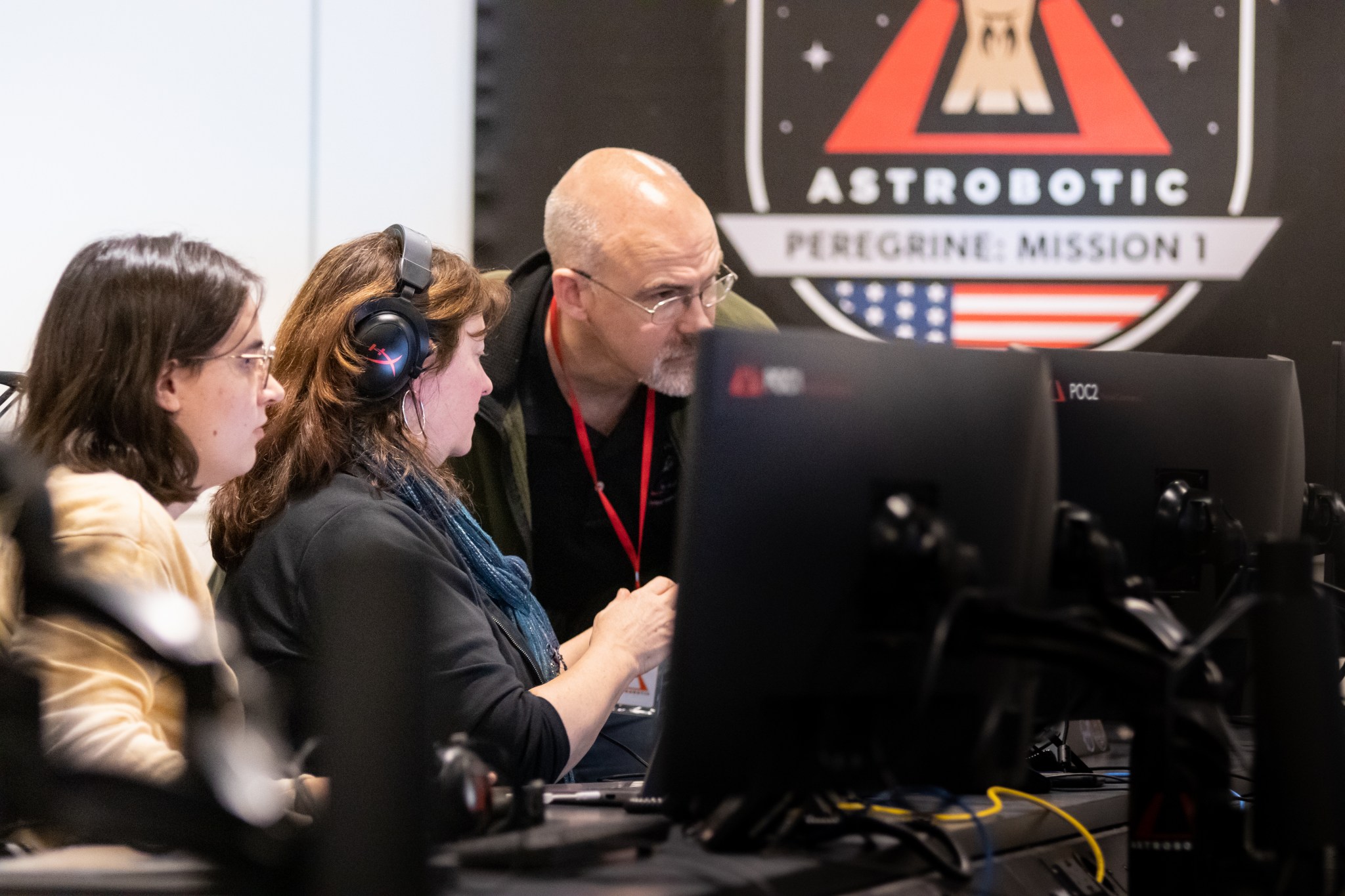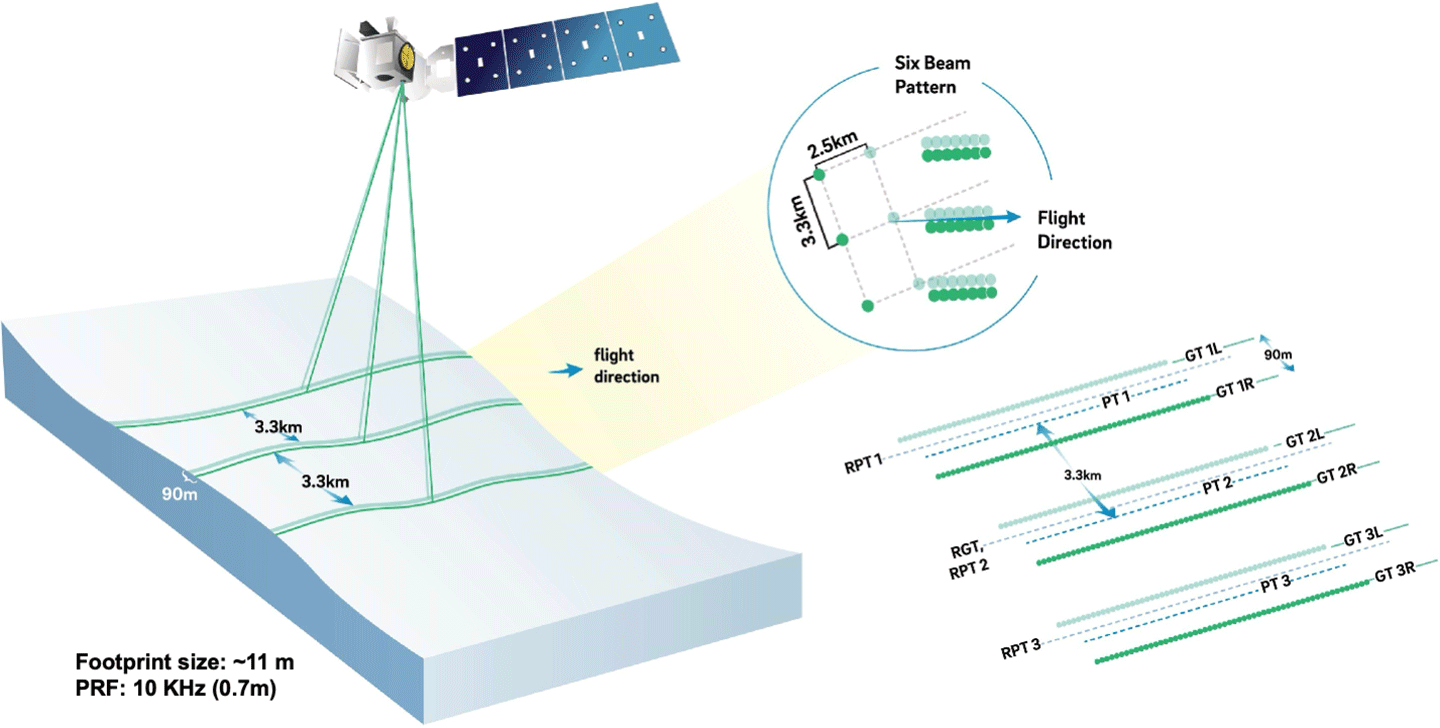NASA Science, Astrobotic Peregrine Mission One Concludes
The first flight of NASA’s commercial lunar delivery service carrying agency science and technology, as well as other customer payloads intended for the Moon, has come to an end. After 10 days and 13 hours in space, Astrobotic’s Peregrine Mission One made a controlled re-entry on Earth over open water in the South Pacific at […]


The first flight of NASA’s commercial lunar delivery service carrying agency science and technology, as well as other customer payloads intended for the Moon, has come to an end. After 10 days and 13 hours in space, Astrobotic’s Peregrine Mission One made a controlled re-entry on Earth over open water in the South Pacific at approximately 4:04 p.m. EST on Jan. 18.
Astrobotic was the first commercial vendor to launch a mission to the Moon as part of NASA’s CLPS (Commercial Lunar Payload Services) initiative, which aims to advance capabilities for science, exploration or commercial development of the Moon under the agency’s Artemis campaign. There are seven additional CLPS deliveries awarded to multiple American companies, with more awards expected this year and for years to come. The next CLPS commercial flight is targeted for no earlier than February.
Following a successful launch and separation from the rocket on Jan. 8, the spacecraft experienced a propulsion issue preventing Peregrine from softly landing on the Moon. After analysis and recommendations from NASA and the space community, Astrobotic determined the best option for minimizing risk and ensuring responsible disposal of the spacecraft would be to maintain Peregrine’s trajectory toward Earth, where it burned up upon re-entry.

“Space exploration is a daring task, and the science and spaceflight data collected from Astrobotic’s lunar lander is better preparing NASA for future CLPS deliveries and crewed missions under Artemis,” said NASA Administrator Bill Nelson. “The future of exploration is strengthened by collaboration. Together with our commercial partners, NASA is supporting a growing commercial space economy that will help take humanity back to the Moon, and beyond.”
Four out five NASA payloads on Peregrine successfully powered on and collected data while in flight:
- Linear Energy Transfer Spectrometer (LETS)
- Near-Infrared Volatile Spectrometer System (NIRVSS)
- Neutron Spectrometer System (NSS)
- Peregrine Ion-Trap Mass Spectrometer (PITMS)
As NASA’s LRA (Laser Retroreflector Array) instrument is a passive experiment, and operations could only take place on the lunar surface.
NASA science teams are currently working to interpret the results. Preliminary data suggests the instruments have measured natural radiation and chemical compounds in the area around the lander.
“Astrobotic’s Peregrine mission provided an invaluable opportunity to test our science and instruments in space, optimizing our process for collecting data and providing a benchmark for future missions,” said Nicola Fox, associate administrator for NASA’s Science Mission Directorate at NASA Headquarters in Washington. “The data collected in flight sets the stage for understanding how some of our instruments may behave in the harsh environment of space when some of the duplicates fly on future CLPS flights.”
NASA is committed to supporting its U.S. commercial vendors as they navigate the challenges of sending science and technology to the surface of the Moon.
For more information about CLPS, visit:
-end-
Faith McKie / Karen Fox
Headquarters, Washington
202-358-1600
faith.d.mckie@nasa.gov / karen.c.fox@nasa.gov
Nilufar Ramji
Johnson Space Flight Center, Houston
281-383-5111
nilufar.ramji@nasa.gov
What's Your Reaction?







































